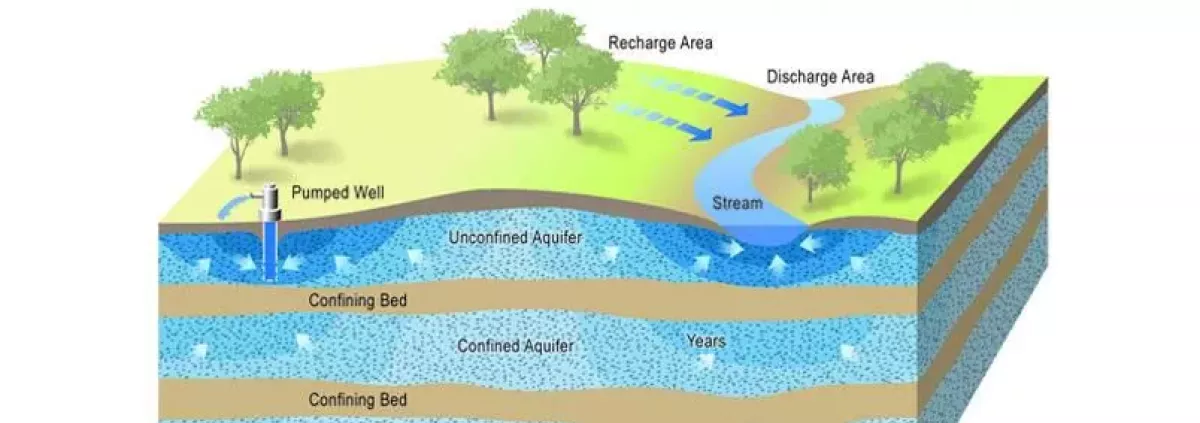Estimation of the infiltration/natural recharge to groundwater from rainfall is an important issue in hydrology, particularly in arid regions. The 2021 paper by Farran et al., proposes the application of The Natural Resources Conservation Service (NRCS) mass balance model to develop infiltration (F)–rainfall (P) relationship from flash flood events.
Methods were applied to five gauged basins and their 19 sub-basins in the southwestern part of Saudi Arabia (SA) with 161 storms recorded in 4 years. Results show that the NRCS model is appropriate for the estimation of the F–P relationships in arid regions when compared with the rational and the Ф index methods.
The rainfall–infiltration relationship is a hot topic in arid regions in general and in SA in particular and, may become more important globally as the effects of climate change increase. Infiltration and natural groundwater recharge in arid basins is mainly produced from flash flood events and the infiltration mainly occurs from the ephemeral stream bed. Flash floods in arid basins is characterised by the amount of precipitation fluctuation in space and time, storms of high intensity, and short duration.
Local precipitation usually activates a part of the basin and leads to flash flooding (Elfeki et al., 2015). While the volume and frequency of recharging from ephemeral streams depend on the water amount lost through the infiltration process in the basin bed as the flood wave advances toward the downstream (Masoud et al., 2013).
The transmission losses are linked to the infiltration capacity of the subsurface soil, the initial soil moisture content, the type of the surface soil, and the land-use activity. The surface runoff occurs when the aquifer is completely saturated or, more often, when the delivery of the flood water to the ground is more than the infiltration rate (Gheith & Sultan, 2002).
